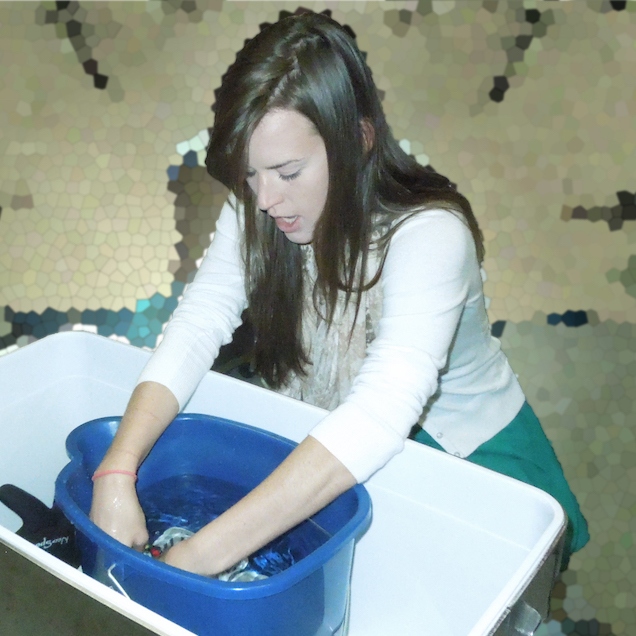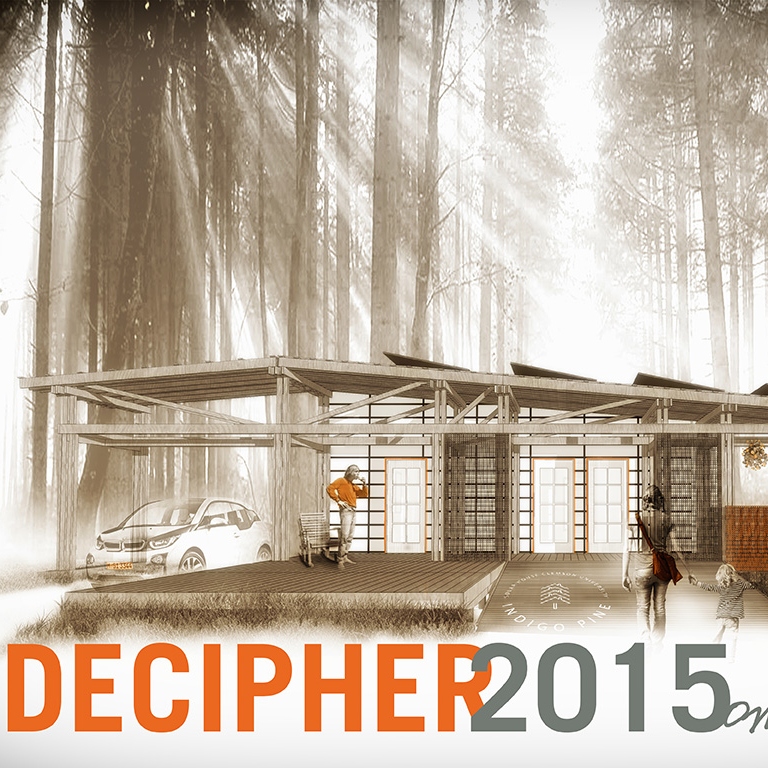Can You See The Rain?
Rainfall, itself, seems like a simple concept, but have you ever stopped to think about how hard it rains, the amount that falls or even how a raindrop is shaped?
In the Creative Inquiry project High-Speed Imaging of Rainfall, undergraduate students collect images to investigate raindrop shape, size and fall velocity. They then analyze these images in the context of the environmental factors and processes that govern these raindrop characteristics. By doing so, this project may identify measurement errors in polarimetric weather radar, a type of radar used to locate precipitation, calculate its motion and collect rainfall amounts.
This research is funded by the National Science Foundation and designated as Award No. AGS 1144846. It is offered as a Creative Inquiry project to support the project’s goals to integrate teaching and research and help develop the pipeline of well-educated, research oriented students who will pursue graduate studies in this field of study.
Undergraduate students are involved in every facet of the research. Students help to establish field sites, learn how to properly install the rainfall instruments, analyze data and participate in writing reports. Rain data will be collected over a two-year period with the goal to analyze as much rain as possible.
During their project meetings, students discuss their research progress and findings with the team leader Dr. Firat Testik, an associate professor in the Department of Civil Engineering. Once the data is collected, studied and processed, Testik and his students intend to publish their findings and present them at professional conferences.
Testik regards the development of thinking skills as a fundamental part of this Creative Inquiry project. He also believes that working on this project will develop students’ originality.
“I want to keep the Creative Inquiry a little bit open-ended, and if there is a good problem we identify, I want us to follow that problem and seek some answers,” Testik said.
Testik’s students enjoy the practical experience they receive from this project. “I get to see hands-on experience. Every week we meet, we bounce ideas off each other so you’re actually in the process of coming up with the solutions at the end of the day,” Karuiam Booker, a senior civil engineering major, said.
Fellow senior civil engineering major Eric Hall shares his classmate’s opinion and also likes seeing the results of their own technology.
“Throughout this project, I encourage all of the students to be involved in publications through conferences, especially undergraduate research conferences,” Testik said. “I want them to send abstracts, posters or papers to these conferences and attend them as finitely as possible. I want to integrate this research as part of my teaching, so I see this as a great opportunity for undergrads to be exposed to a research environment, as it is important if they want to do research-based work as a career after graduation.”



